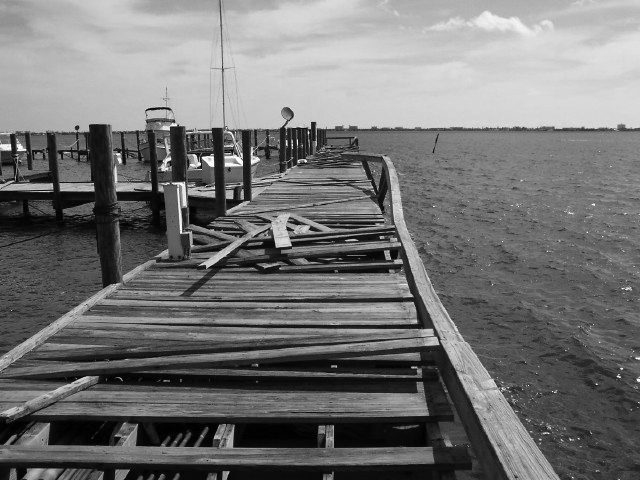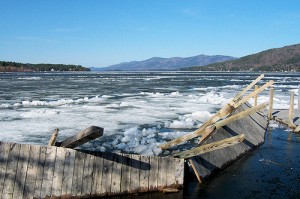You might think that longer means more storage and comfort. It does not. Longer means longer. That’s it. There is an immense difference between a narrow 42 footer and a beamy 35.
There are more than a handful of questions that you can ask throughout your life that no one can answer for you. For those folks who are evaluating this lifestyle, I’m sure that this is a question that you are asking – and you are probably becoming frustrated that you can’t seem to get a straight answer out of anyone. I find that when I speak to this issue at boat shows, I find that no matter the boat that we discuss, the prospective buyer’s response always starts with the word “But…”.
Like all of your life’s goals only you know what you want. Only you know whether you and your companions need more space, seaworthiness, storage or amenities. Only you know whether you (and your companions) are willing to shower in a marina or would be comfortable onboard, and if you are onboard, only you know how much or how little space you are willing to tolorate. No one knows what you want or need. That makes this important decision yours and yours alone.
Your primary obstacle, and we all face this, is that every boat is a compromise. Like a house (a terrestrial habitat), bigger often means more expensive and labor intensive. But unlike a house, a boat that is longer will require tradeoffs, including fewer locations for berthing, maneuverability and so forth. When we think about size, we are thinking about everything from daily comfort, maintenance, storage, performance, etc, and every solution has a counter-argument.
Is there a minimum size? Sure. A boat that can’t fit a bed is probably too small. However, I know couples who live quite comfortably on 26′ sailboats that offer headroom that only a child can enjoy, and I know solos who live on 60’+ yachts.
You might think that longer means more storage and comfort. It does not. Longer means longer. That’s it. There is an immense difference between a narrow 42 footer and a beamy 35. My old Hunter 33 had a 10’9″ beam and no storage at all, while the comparable Morgan’s and Island Packets (at slightly smaller lengths) were like full apartments in comparison. And yet, I was entirely comfortable although the book does introduce my challenges. Another point, some long boats are actually more sprit than substance. Look at the substance – but remember that you might pay for the bowsprit.
There are three considerations. First, remember that no matter how large a boat you buy, boats are small. If you are doing this with a companion or family, you will be in close proximity all of the time and in actual physical contact some of the time (like when walking down the passageways). Any uncomfortable person means that everyone will be uncomfortable. Second, most people who buy now for their dream to circumnavigate the world later generally waste a ton of money. Even if you end up circumnavigating the globe, it may be 5 or 10 years down the line and the boat you buy will have required substantially more maintenance, money and time over that period of time. In reality, few ever do head out to the open ocean.
Lastly, many boat buyers, particularly first time boat buyers, buy with amenities in mind. I did. Everyone does. While many amenities are never needed or used, the real reason to avoid buying for amenities is more basic for the majority of us – we’re not wealthy – and those optional amenities actually cause us to not properly evaluate the boat itself, and ultimately make sacrifices when it comes to the choice of vessel. Your are buying a boat, not a radar on something that floats. The structure is your primary protection, so make sure that you float, stay dry and safe. Amenities can always be added later.
If you watch the videos, in particular, the videos on Choosing a Boat 1 and 2, you will see that it is not uncommon for boaters to wish that their boats were smaller. Long boats cost much more money – and you pay by the foot. They require more work and maintenance – again by the foot. If you choose a boat with a lot of brightwork, you’ll exchange the life you have for a life sanding and refinishing. My personal preferences are shorter, cheaper and all fiberglass – but that’s just me.
Hopefully this has helped provide an explanation to the answer that is so dissatisfying to all of us. No one will tell you what to do or how to do it, and there are few things more personal than choosing a boat.
We’ll get to the subject of cost next time, but for now – don’t forget to visit the cost video and cost table so you can get a sense of all of the costs that you might not be considering at this moment. Don’t be surprised – be prepared.
Until next time…
 I never really thought to add a separate FAQ on costs – but it turns out that it is better late than never. Here is a short FAQ – as well as a link to the super-often-requested spreadsheet.
I never really thought to add a separate FAQ on costs – but it turns out that it is better late than never. Here is a short FAQ – as well as a link to the super-often-requested spreadsheet.


